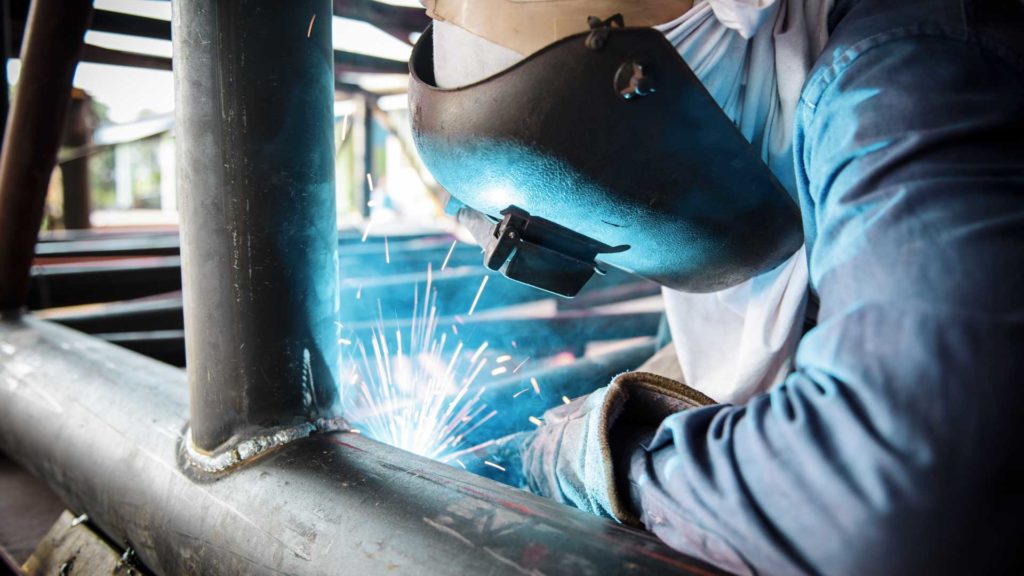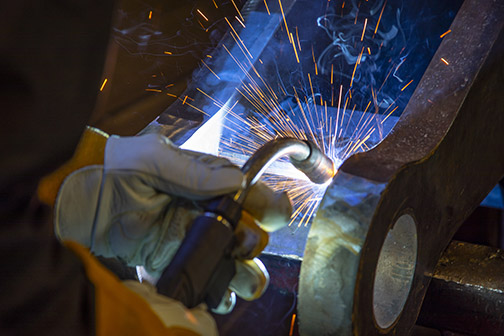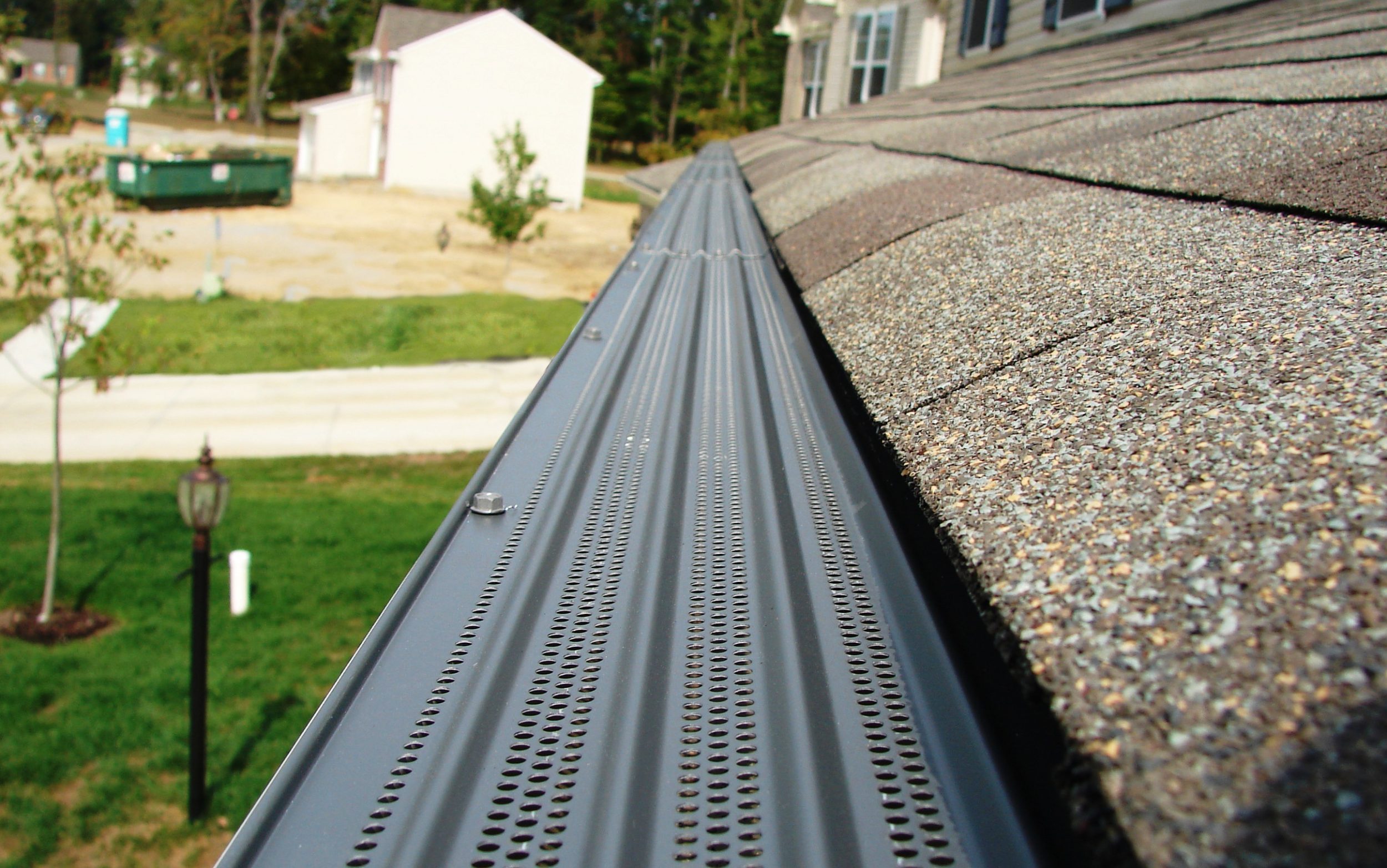Introduction
MIG in full stands for metal inert gas welding. It is a form of gas metal arc welding which can accommodate both thin and thick materials. It is the welding process that utilizes a welding gun which releases a spool of electrode wire and inert gas to perform the weld. It is very versatile as it can handle most metals and produce strong joints with few defects if done correctly.
10 tips of using a MIG welder
1.Safety.
According to Welding Hubs, you should always wear a welding helmet to protect you from the blinding light. Where heavy-duty closed shoes because weld splatter and hot metal could fall to your feet. Always weld in a well-ventilated area to be safe from toxic gases that may be emitted during work.

2. Clean up.
Any workplace, all the parts & tools, or any workpiece should be clean & free from any kind of chemicals, oil, grace, and Even rust. If welding were to be done on a surface that has contaminants, it would compromise the quality of the weld.
3. Positioning.
Always position the gun at an average distance. Holding it too far will lead to low heat and the gas shield will not be as effective. Also, tilt the gun slightly in the direction you’re moving to.

4. Speed.
You should regulate to have a moderate speed as you move along the joint. Too slow will produce too big a bead and moving too fast will produce a substandard weld. You should also set the wire feed rate and keep the wire stick-out short for easier control.
5. Type of shield gas.
Most often the combination of argon and CO2 can be used for several materials. But for materials which do not contain iron a mix of argon and helium suffices.

6. Check welding wire.
Always check the composition of the metals you are joining. If joining steel then a copper electrode can be used but if it is aluminum make sure to use an aluminum electrode.
7. Voltage regulation.
Make sure to set the voltage on the main machine to suit the type of work you’re doing. Setting the voltage too low may form a weak splatter and produce a low-quality weld. Setting the voltage too high may lead to temperatures that melt through the metal you are trying to join.

8. Weld inspection.
Once you are done welding, you should check for a good quality weld. The bead should be fairly consistent in thickness with no gaps or craters along with it. These would be points of weakness in the adjoint metals.
9. Grind.
When you are satisfied that your weld is strong, make sure you grind it for a better finish. This can also expose the areas that the world did not penetrate well for further correction. Always be careful not to grind too deep that it breaks the weld you’ve worked hard to make.

10. Beware of hot metal.
It may be tempting to hold the piece of metal or any piece of metal at that in the welding workshop. These metals have been subjected to high temperatures and it may take a while for them to cool down. For this reason, don’t just pick up any piece of metal as you may get burned.
Another pro tip you can use is to never go continuously on a joint. This could lead to overheating and distort the shape of the workpiece. You should rather start at the extreme ends as you work your way along with the joint filling in gaps.
Frequently Asked Questions

1. How do you use a MIG welder for beginners?
First, clamp the work table or workpiece on to the power supply (cathode). The electric gun expels the electrode wire which is the anode. Set the feed speed of the electrode wire and the voltage. Then just by pressing the trigger on the welding gun, you get to release the inert gas and the wire is fed continuously. When the positive anode electrode wire gets in contact with the negative cathode metal workpiece, it creates an arc that melts the metal. This molten metal is what is used to fuse two pieces of metal and once it is cooled, the two metals set in place.
2. How do you MIG weld?
To MIG weld, clamp the workpiece on the negative terminal then hold the gun in position. Once you press the trigger, follow through along the place you want the metals to join. The wire is continually fed, provided the trigger is held, so all you have to do is move the gun in the direction you want.

3. Is MIG welding easy?
As with every hands-on skill especially welding, it all comes with constant practice. It may become easier along the way but you should take a keen interest when starting up. On the bright side MIG welding is one of the easier methods of welding.
4. How do you use a gas MIG welder?
Connect the hoses from the gas cylinders to the welding gun. Set the cylinders at roughly 20 square feet per hour release rate and the regulator around 15 to 20 PSI.
This is subject to change during operation. Find which suits you. Moreover, if you are looking for the best gas MIG welder but doesn’t know much about the best brands you can explore the internet to find the best ones, as well as several other basic welding tools on quite reasonable rates, such as wire crimping tools are quite cheap on several online shops.

5. Will a MIG welder work without gas?
A MIG welder can work without the gas but this will ultimately affect the quality and look of the weld. Without the shielding gas, the weld will look splattered and have a color resembling brown or green to indicate excessive temperatures and oxidation.
Conclusion
MIG welding is one of the most effective and sought after forms of welding. It’s quality of the weld and its versatility set it above the other forms of welding. Always be on guard when working with high voltage equipment, blinding light, and hot metal to keep you safe at all times.


